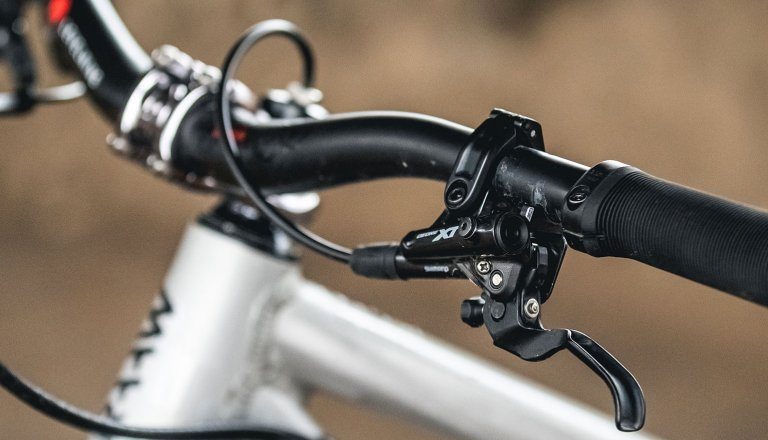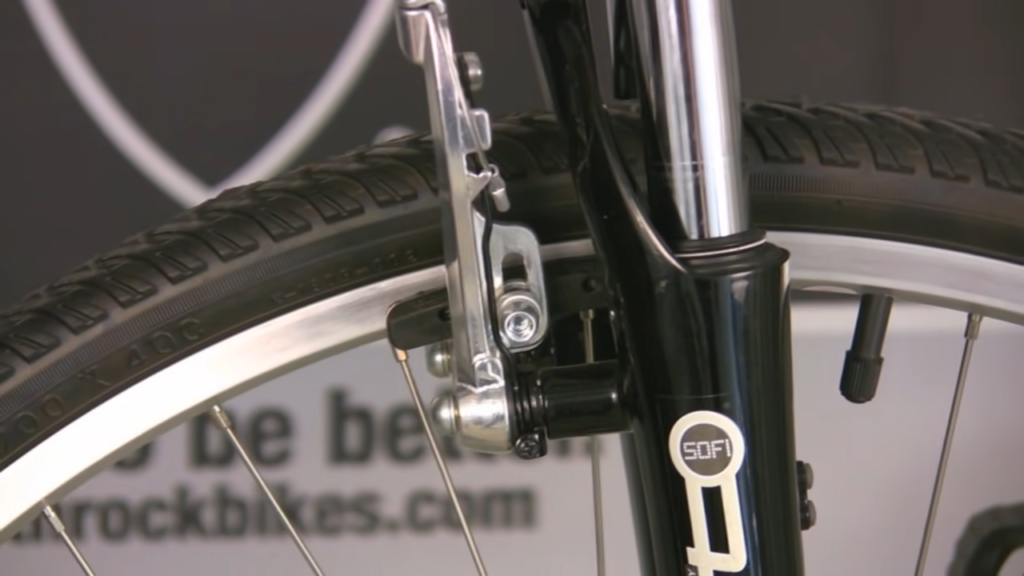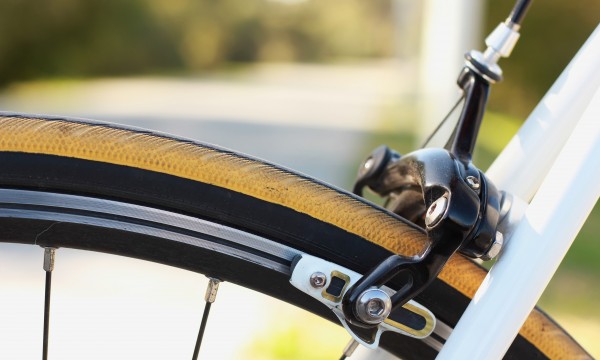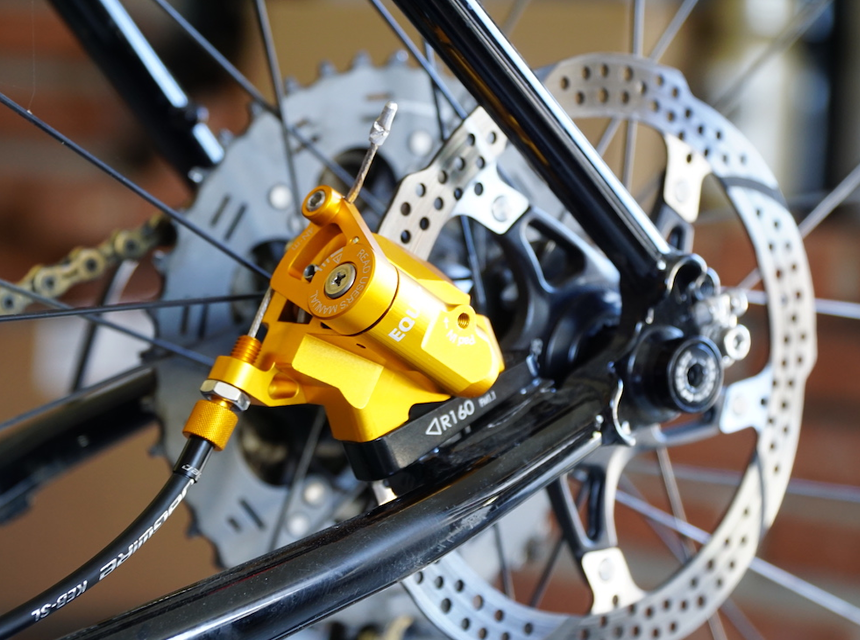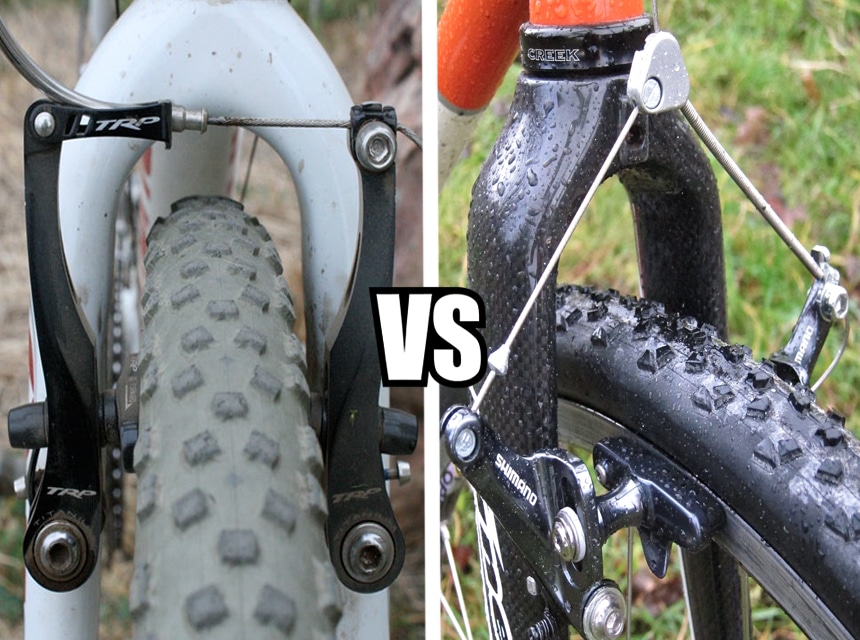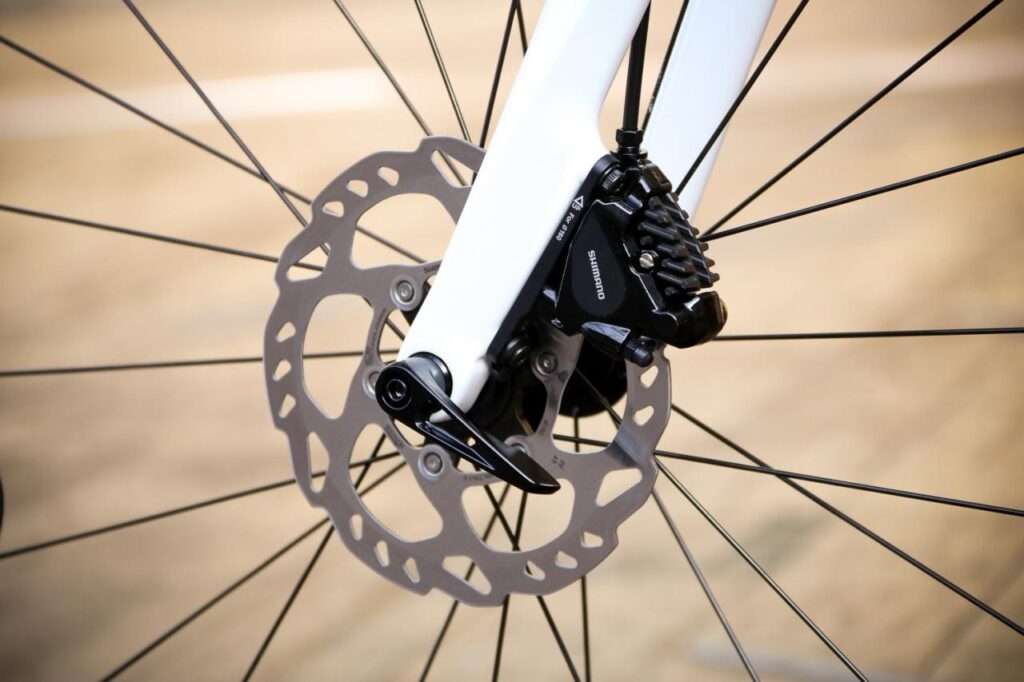- Trails
-
Bikes
-
Gear
-
Tips & Tricks
-
About us


Once upon a time, rim brakes Trusted Source The stuff they never tell you about rim brakes | road.cc Whether you should choose rim brakes or disc brakes is a big issue for more and more people these days with the bike market becoming mixed at ever-lower price points. We’ve run an article in the past about why you might want to think twice before going all-in with disc brakes, so we thought it fair to redress the balance by pointing out the hassles associated with rim brakes too… road.cc were the go-to option for most bike manufacturers, and it was rare to see a line of bines with a disc brake. Then came the customary disruption caused by technological advancements and the subsequent adoption of disc brakes by many in the mountain biking communities.
What has followed since then has seen the disc brakes become the first choice for many types of bikes, such as gravel bikes. However, there isn’t just one type of disc brake, and the current battle of brakes is in the hydraulic vs. mechanical disc brakes discussion.
Popular opinion on which of these two types of disc brakes is safer and most deserving of gracing bikes is quite divided, and we have decided to help your decision making on your next bike by providing an objective look at both types of disc brakes and the advantages and disadvantages they both possess.
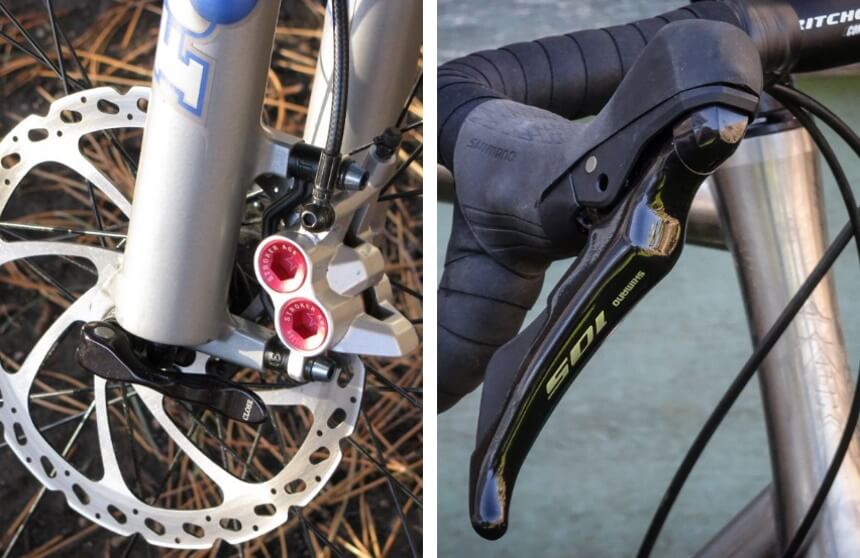
Just as the name implies, hydraulic disc brakes utilize fluids to provide the pressure needed to be applied on the brake calipers. The mechanism is quite similar to how braking works in vehicles as it utilizes a fluid-filled line.
To facilitate braking, the pressure would be applied to the fluid within the master cylinder by squeezing the brake lever. The fluid from the cylinder would then transmit the force and pressure to the fluid within the line, forcing down a piston in the brake calipers and, consequently, stopping the wheels courtesy of the interference of the brake pads.
As expected with any system, appliance, or machine with logical alternatives, hydraulic disc brakes possess advantages and disadvantages that can be directly weighed against their competitor’s performance. These advantages and disadvantages are summarized below:
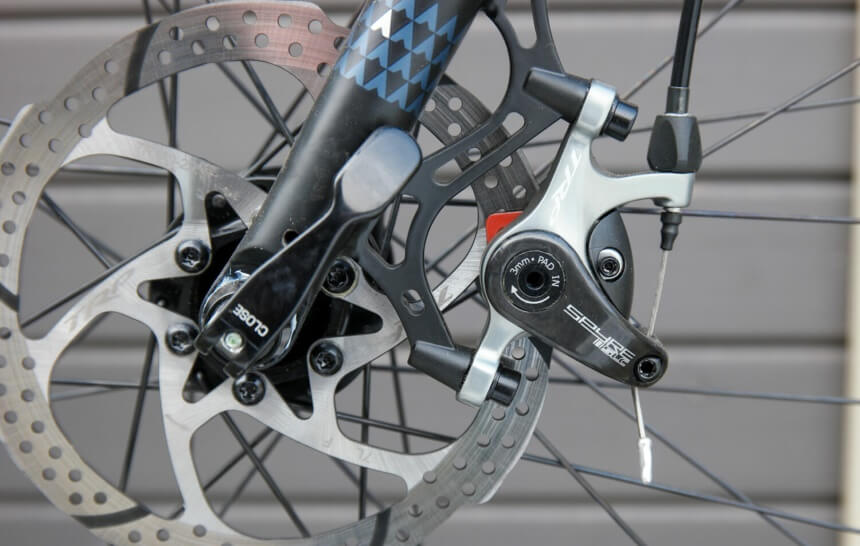
The second type of disc brakes is quite similar to the previously common rim brakes. The mechanical disc brakes (aka cable disc brakes) utilize a steel cable in the brake system rather than the fluid used in the hydraulic disc brakes.
A push of the brake lever of such a brake would also push the steel cable that connects to another lever on the brake caliper. It is this lever on the brake caliper that shifts the piston, which then pushes the brake pads into the rotor to stop the wheels of the bike.
Just like the hydraulic discs brakes, the mechanical disc brakes are not perfect, and the flaws and advantages of the system are touched on below:
These brake systems are improvements over the rim brakes that they have been brought in/designed to replace. However, bikes can only have one of these at a time, and the choice of which one to possess is an important consideration in purchasing a bike.
That’s why we have decided to help with the decision-making process by weighing mechanical disc brakes and hydraulic against each other based on certain criteria and decide which work better for road bikes and for mountain bikes. The criteria we used are:
Efficiency, in this case, could be the ease with which the brakes could be applied, the relative amount of force that would need to be applied for braking to be facilitated, or the consistency of braking force that would need to be applied.
From all three perspectives, the hydraulic disc brakes come out on top. For starters, the hydraulics system Trusted Source How hydraulics works | Science of hydraulics What’s the connection between a water pistol and this gigantic crane? On the face of it, no connection at all. But think about the science behind them and you’ll reach a surprising conclusion: water pistols and cranes use the power of moving liquids in a very similar way. This technology is called hydraulics and it’s used to power everything from car brakes and garbage trucks to motorboat steering and garage jacks. Let’s take a closer look at how it works! www.explainthatstuff.com is a closed system and would be unaffected by external weather or dirt. A leak of the brake fluid could affect the effectiveness of the hydraulic disc brakes, but that would qualify as a fault and not a flaw of the system. In the mechanical disc brakes, though, dirt would need to be cleaned off as it could interfere with the movement of the cable within its housing. It is for this reason that hydraulic disc brakes are preferred in mountain bikes and even some of the cheaper gravel bikes.
The closed nature of the system would also mean that the amount of force to be applied to the brake lever could be trusted to be consistent. That, combined with the fact that there is little to no friction affecting the movement of the fluid through the line, means that there is no wastage of energy here.
Finally, the original force applied to the fluid in the cylinder is small, thanks to the fluid volume there. However, the fluid would then transmit its pressure to the higher volume of fluid along the line, effectively ensuring that the final braking pressure generated is multiplied, thus, resulting in a braking force greater than that applied to the lever. This is contrary to the mechanical disc brakes, where some of the force applied to the cables would be required to overcome friction.
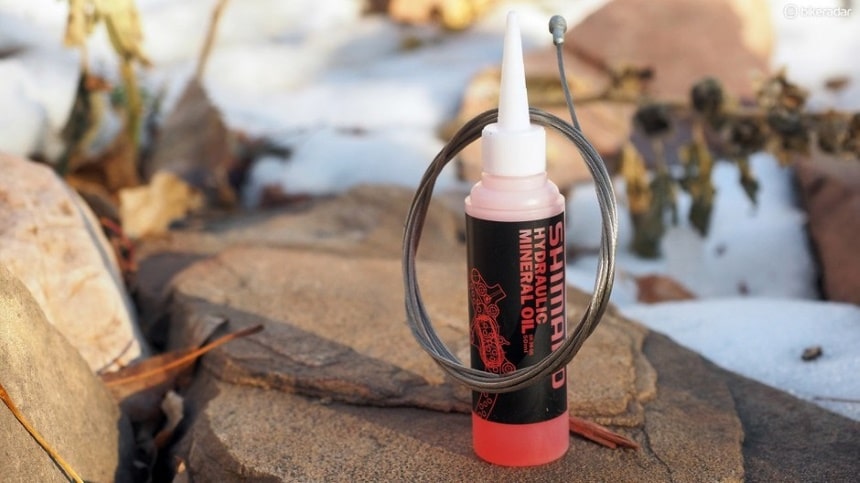
Regarding maintenance, frequency of maintenance and the ease with which the brake could be maintained would be the major factors to look at. When it comes down to the frequency with which the brake would need to be maintained, the hydraulic disc brakes are the best as they would not need the regular cleaning and adjustments that the mechanical disc brakes would require.
Another factor that would lead to maintenance of the mechanical disc brake is the likelihood of corrosion and rusting that would necessitate the regular changing of some parts. The major maintenance work that hydraulics brakes would be subject to is the changing of the brake fluid, and this can be carried out every 1-3 years. It is rare for problems to develop with other brake parts, and using a quality brake kit such as the RUJOI Bike Disc Brake Kit for repairs further reduces the chances of faults.
The design of the brakes can be compared in terms of their weights. However, the difference in weight is almost insignificant and is unlikely to bear riding speed. Another way design could affect a purchase is the availability of spare parts and ease of home repairs.
Mechanical disc brakes use steel cables that are similar to those used in the rim brakes. This makes their parts more popular to obtain if a repair becomes necessary. On the other hand, hydraulic disc brakes are completely different from mechanical disc brakes and rim brakes.
This could have two effects. The first is that spare parts are unlikely to be available in less technologically developed nations and regions of the world. Touring in such places with a bike utilizing a hydraulic disc brake could be quite risky.
The second potential effect would arise if the brake were to be changed or replaced. It might be easier to fix in a hydraulic disc brake on a bike, thanks to the most external construction of the brake parts. However, the mechanical disc brakes may be more complicated thanks to the seemingly multiple parts.
It would not be completely out of place if you were to opt for a rim brake in a bike because of the popularity of its design and parts, especially when touring a remote region.
As was stated earlier, both the mechanical disc brakes and hydraulic disc brakes represent an improvement over the older rim brakes, but the hydraulic disc brakes are higher-end brakes compared to the mechanical disc brakes.
This is because they are more effective, more consistent, and generally easier to use. The downside is they would be more expensive to procure, and bikes fitted with them would be more expensive than the alternatives. As such, the reason why you’re buying a bike and the size of your budget would have a say in the choice that is made.
That choice should, however, not detract from the usefulness of any of these disc brake types. If anything, what this article outlining hydraulic vs. mechanical disc brakes should show is that both can be utilized effectively within conditions to which they are suited.
